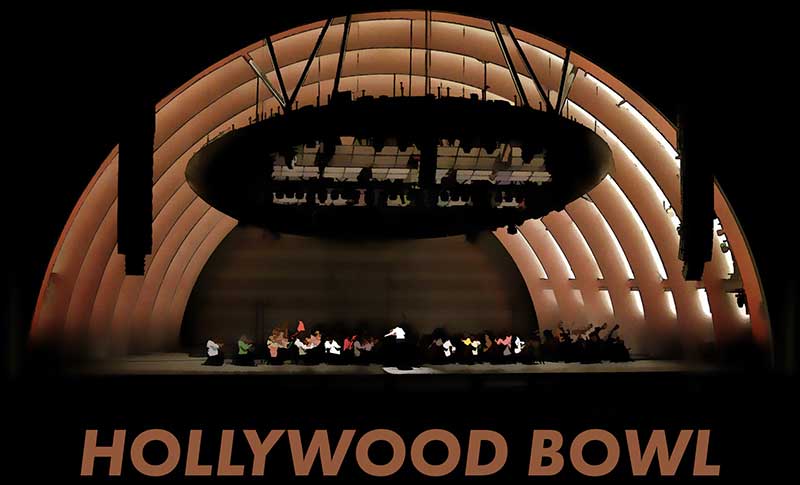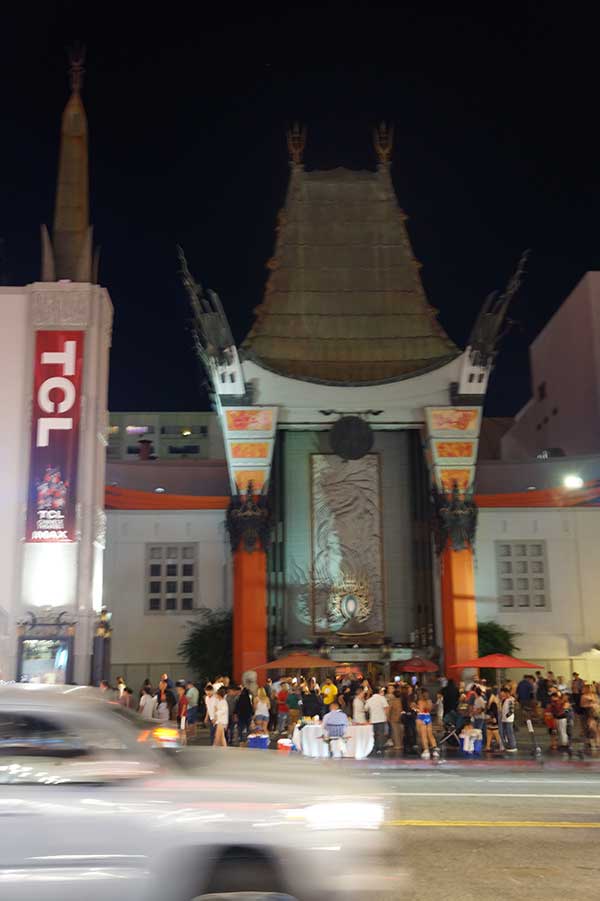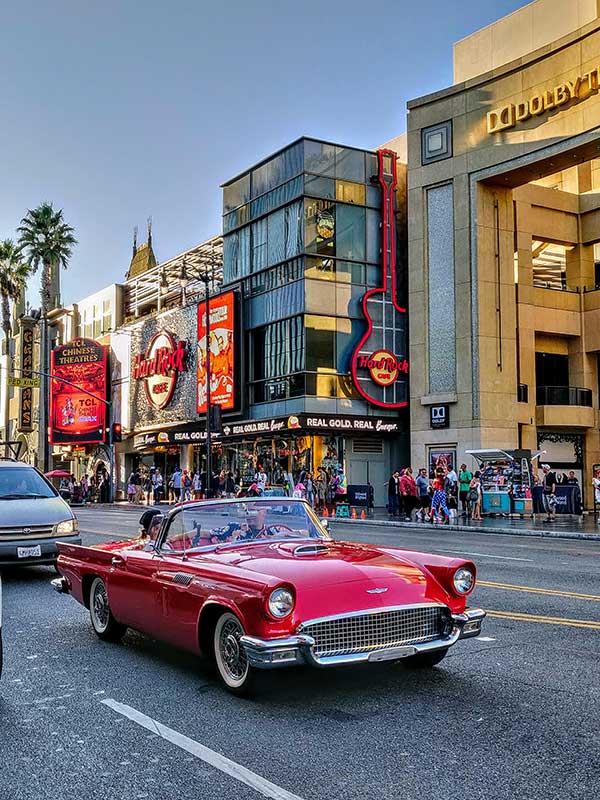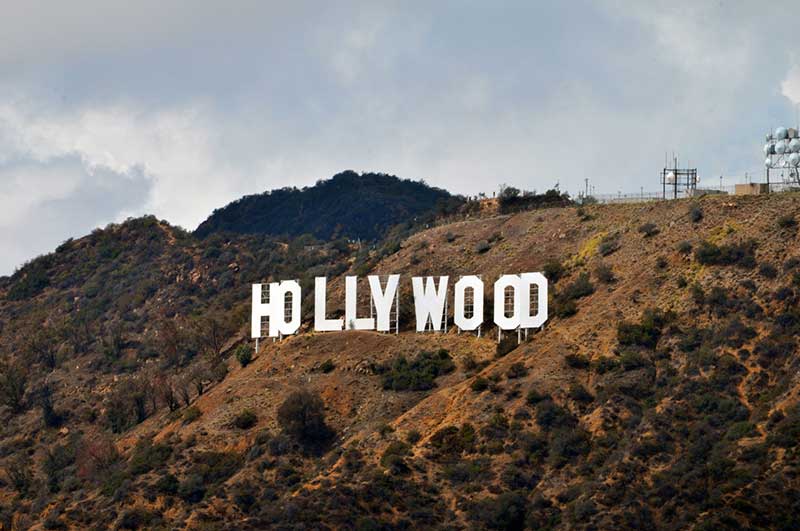Hollywood Tours is what we’re all about. Many of this city’s historical features can be seen on our tours, some you may know about, but some may be shrouded in the mists of time. For a brief overview before your tour discover some Hollywood history…
Hollywood, California, for those who don’t know is not its own city, but rather it is a district inside of Los Angeles, California. The name conjures up images of the era of glamour and movie stars, all who belong to the film industry that made this area its home. It is situated northwest of downtown Los Angeles and its borders are formed by Riverside Drive and Hyperion Avenue on the east, Beverly Boulevard on the south, the city of Beverly Hills on the west and to the north the Santa Monica Mountains. Because the area of Southern California has such a temperate climate it attracted many early film pioneers from the east coast. Good weather and sunshine meant that filming could be accomplished outdoors, or in a roofless sound stage many more days out of the year as opposed to the rainy eastern portion of the United States. However, the first bit of civilization in what was to become Hollywood was a building made of adobe built in 1853. In 1887 Harvey Wilcox of Kansas –an established prohibitionist—laid out this section of Southern California as a real estate subdivision. In contrast to what Hollywood has become, Wilcox envisioned the area adhering to his way of life and the ways of temperance. It was, rather H.J. Whitley who really put the mark on Hollywood, turning it into a residential area not long before the turn of the century.
It was under Whitley’s guidance that Hollywood saw the advent of telephone lines, gas lines, electricity and more. In this first decade of the 20th Century Hollywood was its own discrete entity. However, due to the fact that water supply was limited coming into Hollywood the residents voted to become part of the city of Los Angeles in 1910.
About the same time those pioneer filmmakers from the east begin populating the area of Hollywood and creating the first motion pictures. Dozens of nascent film studios popped up, run by the likes of Cecil B DeMille and Jesse Lasky. Lasky’s original studio can still be found across the street from the Hollywood Bowl. It was DeMille, Lasky, Samuel Goldman and Arthur Freed who formed the Jesse Lasky Feature Play Company in these early days which later became Paramount Pictures. It was at Lasky’s studio across from the Hollywood Bowl that DeMille filmed The Squaw Man—a picture which is still shown every year at this historic studio, more than a century after it was made. The film became a box office success and was just the first in a steady stream put out by Hollywood in the following years. After DeMille’s success even more filmmakers moved out to Hollywood including names that would become famous in the annals of film history such as D.W. Griffith, Louis B. Mayer, William Fox, Darryl F. Zanuck and others. The names are still famous today as the names of studios such as 20th Century Fox and MGM which, of course, stands for Metro Goldwin Mayer.

Movie poster from Hollywood golden age
After the original silent film era which ended with the release of the Jazz Singer in 1927, so-called talkies became the norm and Hollywood entered into what is called its Golden Age. At the same time filmmakers flocked to this warm, sunny climate, famous authors of the day also made their way to Hollywood including F. Scott Fitzgerald and Aldus Huxley among others.
Following the Second World War and the advent of television, the studios turned their attention to filming TV shows on the lots and in a few years Hollywood became synonymous the television and the production of TV shows.
Culture in Hollywood
Around the same time that the motion picture industry was getting into its groove the residents of Hollywood were, like peoples in any metropolitan area, attempting to bring some culture to the area. In 1919 they took advantage of the foothills of the Santa Monica Mountains just to the north of Hollywood to create the Hollywood bowl which is a natural amphitheater and which has been the sight of outdoor concerts since the early 20s. Hundreds of famous musicians and singers perform here including the Beatles.

Hollywood Bowl poster
Not far away Greek Theater was built as another natural amphitheater to use for outdoor concerts. One of the most iconic tourist spots associated with Hollywood also saw its inception in these years and that is the Chinese theater. Out-of-town tourists as well as residents from Hollywood and surrounding Southern California cities continue to flock to this theater which has become world-famous as the site of movie stars’ hand and foot prints in cement in front of the theater.

Chinese theater exterior Hollywood, CA
Paying homage to stars and celebrities both living and deceased is the Hollywood Walk of Fame. This sidewalk on both sides of Hollywood Boulevard contains metal and stone stars, placed at frequent intervals on the sidewalks, in the middle of which is inscribed the name of a particular celebrity in his or her particular field, be it film, television, radio or music. The Walk of Fame attracts millions of tourists to Hollywood each year, most of which love to have their picture taken next to the star of one of their favorite
stars.

Car cruising Hollywood Walk of Fame Hollywood Blvd.
Overlooking this entire area like the benevolent God is the Hollywood sign. It was first built in the early 20s as an advertisement to buy land and originally it read, “Hollywoodland.” As famous as the Eiffel Tower in Paris the original Hollywood sign fell into disrepair over the years the land portion of the sign eventually collapsed and a 1978 the sign was repaired and restored to its former glory.

Hollywood sign tours
Most tourists from around the United States and around the world come to Hollywood because of their great love for film or for a particular movie star and one of Hollywood’s more famous tourist attractions –even if a bit ghoulish– is the Hollywood Forever Cemetery. Even if one cannot meet stars who have died years ago it is still possible to visit their final resting place, which for many stars is this cemetery. Here you will find graves of 20th Century film icons like Rudolph Valentino, Marilyn Monroe and Douglas Fairbanks as well as more recent arrivals such as 60s sitcom star Don Adams and actor Darren McGavin.
Although Hollywood in these days may be suffering from its consolidation with the city of Los Angeles and all the urban sprawl that entails, there is still enough glitter in Hollywood to keep attracting fans year after year.
As you can see there are so many things to do here in Hollywood and that includes us! When you want the greatest tours of Hollywood, CA, give us a call!